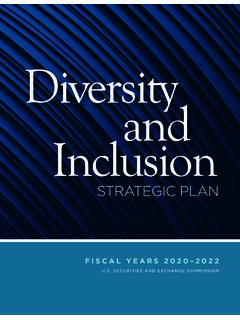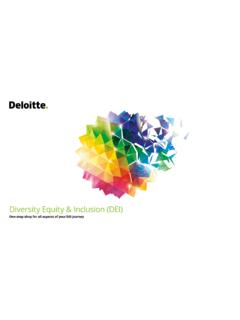Transcription of Guide to Risk Assessment and Response - University of …
1 Guide TO RISK Assessment AND Response Updated January 2018 ABSTRACT This Guide to Risk Assessment and Response provides users with a practical tool with instructions, examples and formats for preparing risk assessments and for preparing and reporting management Response plans (MRPs). Emily J. Stebbins-Wheelock and Al Turgeon The University of Vermont The University of Vermont Guide to Risk Assessment and Response . 1 What is Enterprise Risk Management (ERM)? Overview The risk management process of identifying, analyzing, evaluating, and ultimately responding to and monitoring risk is at the heart of enterprise risk management (ERM).
2 Extending this process across an entire organization, looking at both upside opportunities and downside risks , and considering risks and opportunities in the context of strategy is what differentiates ERM from traditional risk management. This abbreviated Guide to Risk & Opportunity Assessment & Response deals with the seven steps in the risk management process shown in Figure 1: (1) establishing the context, and (2-4) conducting the risk Assessment which includes identifying, analyzing, evaluating, and (5) responding to risks and opportunities, (6) monitoring and updating the status, and (7) reporting on those that could materially affect the institution or a department.
3 The context and Assessment steps help decision-makers choose which risks or opportunities are priorities, what the appropriate Response should be, and what resources should be allocated to manage the risk or opportunity in a way that best supports the organization s strategy. The Response step involves deciding on and planning for the best way to treat or modify the risk or opportunity, and implement that plan. Figure 1: The Risk/Opportunity Management Process Enterprise risk management is a structured, consistent, and continuous process across the whole organization for identifying, assessing, deciding on responses to, and reporting on opportunities and threats that affect the achievement of its objectives (Institute of Internal Auditors, 2009).
4 The University of Vermont Guide to Risk Assessment and Response . 2 Step 1: Establish the Context The purpose of establishing the context for risk and opportunity Assessment is to understand the external and internal factors that could impact the organization s ability to achieve its mission, vision, goals and competitiveness; and therefore sets the stage for risk and opportunity identification. Since risk is defined as any issue (positive or negative) that may impact an organization s ability to achieve its objectives, defining the organization s objectives is a prerequisite to identifying risks and opportunities.
5 Steps to Follow 1. Identify which goals or objectives of the UVM Strategic Plan your area supports, if any. 2. Identify your College, School, Division, or department s strategic goals or objectives. 3. Identify any major initiatives that your area is planning or engaged in, at the institution, College, School, Division, or department level. 4. Identify the critical activities, functions, or services others rely on your area to provide. 5. Identify any your area s external context: legal/regulatory requirements, stakeholder perceptions and expectations, and any relevant social, cultural, political, financial, technological, economic, or competitive factors.
6 Step 2: Risk & Opportunity Identification The purpose of the risk and opportunity identification step is to generate a list of KEY risks [and opportunities] based on those events that might create, enhance, prevent, degrade, accelerate, or delay the achievement of your goals or objectives (ISO 31000, 2009). Things to Keep in Mind Be as comprehensive as possible at this stage identify everything you can. Identify positive events that could advance strategic goals (opportunities) as well as negative events that could hinder attainment of those goals ( risks ). Include risks and opportunities regardless of whether or not they are under your control.
7 Consider the risks associated with not pursuing an opportunity. Think about related risks and opportunities, and cascading or cumulative impacts. Involve the most knowledgeable people. Use the most relevant and up-to-date information you have. Questions to Spur Thinking & Discussion 1. What could affect the institution or your area s ability to achieve or fulfill your strategic goals, initiatives, or key functions, either positively or negatively? What uncertainties do you face? 2. What risks or opportunities could your area or the institution face in terms of: a. Compliance and Privacy b.
8 Finances c. Health, Safety, or Legal Liability d. Human Capital e. Operations f. Reputation g. Strategic Issues 3. What do you see as the strengths, weaknesses, threats, and opportunities facing you? The University of Vermont Guide to Risk Assessment and Response . 3 4. Have there been any recent major changes to your area of responsibility or control (new regulations, new programs/activities, organizational changes, etc.) that pose new risks or opportunities? 5. Are there particular programs, activities, internal controls, or legal/regulatory issues, in your area that worry you or you think may pose significant risk to your unit or the institution?
9 Steps to Follow 1. Identify all the risks and opportunities (A) you can that might affect your objectives (see Questions to Spur Thinking & Discussion, above). 2. For each one, give it a short name or title (A). 3. Write a brief risk/opportunity statement (B) that describes each risk or opportunity and provides a little more detail about its sources and causes. Do not include potential impacts or consequences. a. Aim for a Goldilocks risk/opportunity statement: not too short, not too long; not too vague, not too detailed; meaningful but not inflammatory b. Too vague: IT infrastructure c.
10 Too specific/inflammatory: IT network and hardware is obsolete, resulting in the potential for loss of institutional business continuity, loss of irreplaceable data, and privacy breaches d. Just right: IT infrastructure not maintained and/or upgraded to necessary standards Column A Column B Proposed Risk/ Opportunity Name Proposed Risk/ Opportunity Statement Improve inclusive excellence As the University continues to diversify our community, it has an opportunity to improve inclusive excellence ( diversity , inclusion and multicultural competency) through a more comprehensive institutional effort.

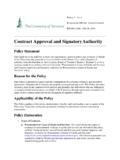

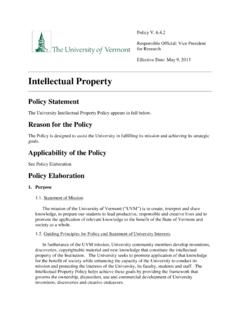


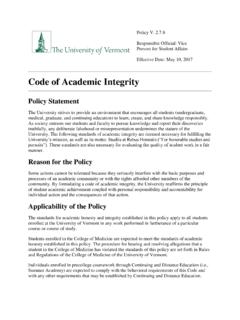
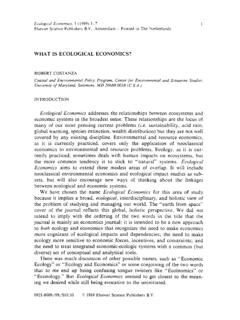
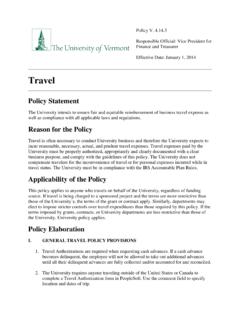
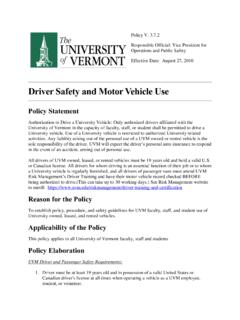

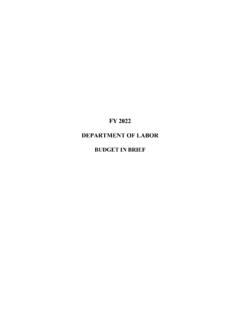



![[ 1 ] - AF](/cache/preview/a/6/3/2/3/d/e/d/thumb-a6323ded9385a5494079636587c0bffe.jpg)
